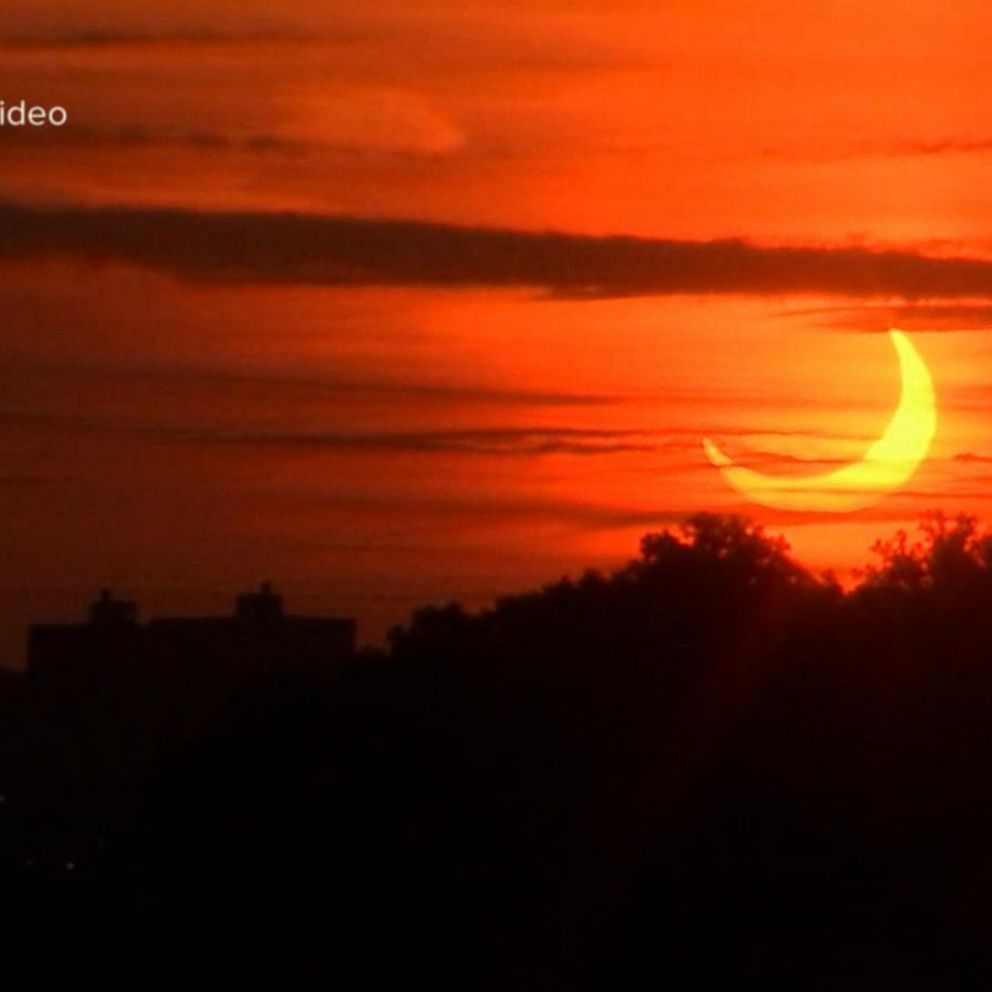A new "ring of fire" annular solar eclipse is coming this October and will be visible Wednesday from South America. In North America, a partial solar eclipse will be visible from Hawaii and the Pacific Ocean and the Atlantic Ocean.
This newest celestial event comes six months after a total solar eclipse blanketed much of the U.S. on April 8, 2024.
What is the 'ring of fire' annular solar eclipse?

According to NASA, the moon will move between the Earth and the sun on Oct. 2, 2024, and will appear to be in front of the sun. The moon will be farther away from Earth than it usually is and will appear smaller than the sun, unlike in a total solar eclipse where the moon looks to same size as or larger than the sun.
The moon will cast a shadow across parts of the Earth, creating a ring-shaped silhouette of sunlight. This gives the phenomenon its "ring of fire" moniker.

When will the 'ring of fire' appear?

In Hawaii, sky watchers won't be able to see the full "ring of fire" but can still view a partial solar eclipse starting at sunrise at about 6:23 a.m. to about 6:45 a.m. local time.
Other areas where a partial solar eclipse can be viewed are American Samoa, Antarctica, Argentina, Baker Island and Niue Palmyra Atoll of the U.S. Minor Outlying Islands, Brazil, Chile, Christmas Island, Clipperton Island, the Cook Islands, Falkland Islands, Fiji, French Polynesia, Mexico, New Zealand, Paraguay, Pitcairn Islands, Samoa, South Georgia and South Sandwich Islands, Tokelau, Tonga, Tuvalu, Uruguay, Wallis and Futuna.
How to view the 'ring of fire' safely

In order to view the "ring of fire" safely, observers need to wear eye protection such as solar viewing glasses or eclipse glasses or use a safe handheld solar viewer with a standard rating of ISO 12312-2.
Viewing a "ring of fire" solar eclipse, wither partial or annular, without proper eye protection is dangerous and can cause eye injury or even blindness.






